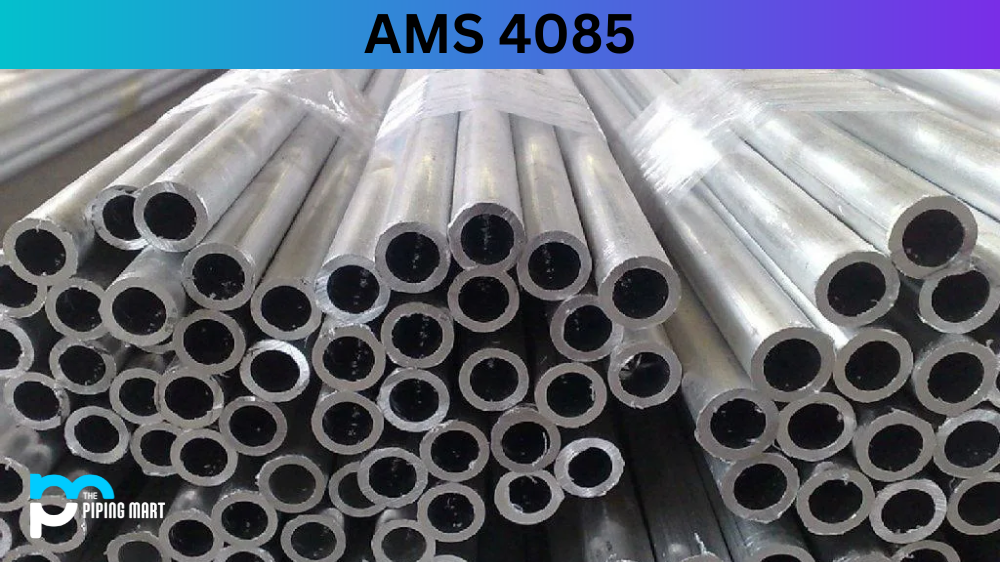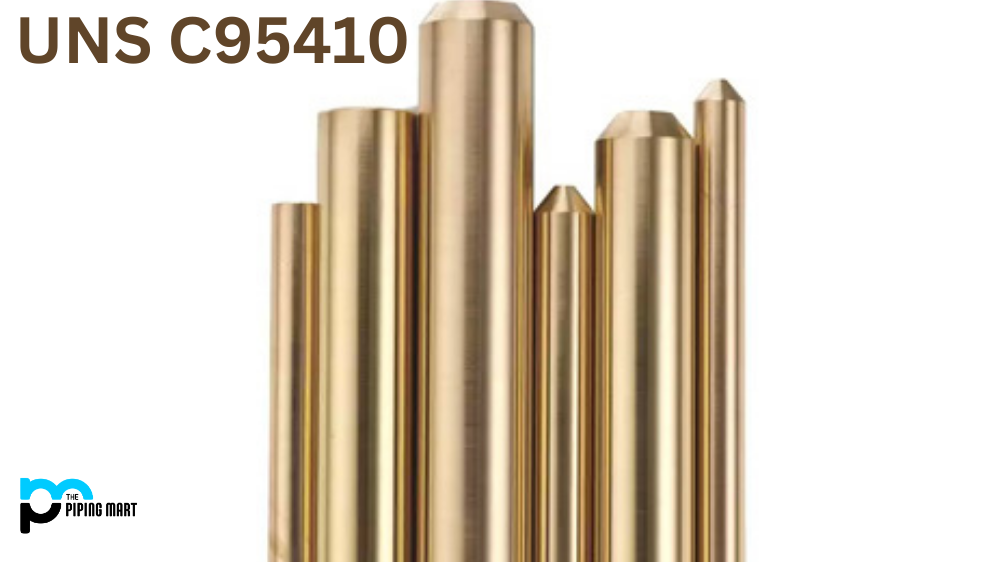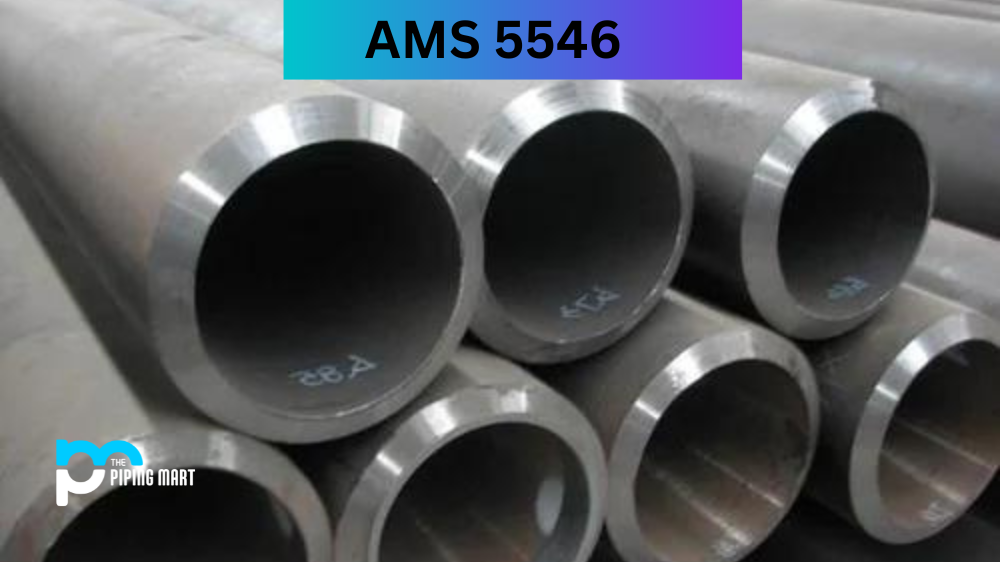Have you ever heard of AMS 4085 and wondered what it is? AMS4085 is an aerospace material specification that covers aluminium alloy sheets and plates. It is widely used in the aircraft industry due to its exceptional physical and mechanical properties and ease of fabrication.
This blog post will delve deeper into AMS 4085, discussing its composition, physical and mechanical properties, uses, hardness, and heat treatment. By the end of this post, you will better understand this critical material specification.
What is AMS 4085?
AMS 4085 (also known as Aluminium 7475) refers to a specific specification the Society of Automotive Engineers (SAE) sets forth. This document outlines the technical requirements for aluminium alloy manufacturing aircraft parts. It covers everything from the chemical composition of the alloy to the acceptable variations in dimensions and mechanical properties. Essentially, it serves as a guide to ensure that the final product meets the rigorous safety standards demanded by the aerospace industry. While it may seem like just another boring technical document, AMS 4085 plays a critical role in ensuring the safety and reliability of air travel. So the next time you’re soaring through the clouds, you can thank AMS4085 for helping keep you safe.
AMS 4085 Composition
AMS 4085 is an aluminium alloy that contains silicon, iron, copper, manganese, magnesium, chromium, and zinc. The primary element in this alloy is aluminium, which makes up around 95% of its composition. The other ingredients are added to improve its properties, such as strength, corrosion resistance, and machinability.
| Element | Content (%) |
|---|---|
| Aluminum, Al | 90.3 |
| Zinc, Zn | 5.7 |
| Magnesium, Mg | 2.3 |
| Silicon, Si | 1.50 |
| Chromium, Cr | 0.22 |
AMS 4085 Physical Properties
AMS 4085 has excellent physical properties, including high strength, fatigue resistance, and low density. It has a density of 2.7 g/cm³, which is about one-third of steel’s thickness. This makes it an ideal material for the aircraft industry, where weight reduction is essential. The alloy also has good thermal conductivity, electrical conductivity, and resistance to wear and corrosion.
| Properties | Metric | Imperial |
|---|---|---|
| Density | 2.6-2.8 g/cm3 | 0.0939-0.1011 lb/in3 |
| Melting point | 546°C | 1015°F |
AMS 4085 Mechanical Properties
AMS 4085 has high tensile strength, ductility, and toughness, making it ideal for high-stress applications. The alloy can withstand high and low temperatures without losing strength and flexibility. It has an elongation of 10% and a yield strength of 48 ksi. The alloy’s fatigue strength is also excellent, making it suitable for structural applications.
| Properties | Metric | Imperial |
|---|---|---|
| Elastic modulus | 70-80 GPa | 10152-11603 ksi |
| Poisson’s ratio | 0.33 | 0.33 |
AMS 4085 Uses
AMS 4085 is widely used in the aerospace and aviation industries. It is used to manufacture aircraft skins, wing spars, fuselage frames, and landing gear. The alloy’s lightweight, strength, and corrosion resistance make it an ideal material for aircraft structures. It is also used in other industries, such as marine, automotive, and construction, where lightweight and high-strength materials are required.
AMS 4085 Hardness
AMS 4085 has a Brinell hardness of 70. This is relatively low compared to other high-strength alloys. However, the alloy’s ductility and toughness compensate for its low hardness. The low hardness also makes it easier to form and fabricate, reducing manufacturing costs.
AMS 4085 Heat treatment
AMS 4085 can be heat-treated to improve its properties further. The alloy can be solution heat-treated to enhance its strength. The solution treatment involves heating the alloy to a specific temperature, holding it for a particular time, and then quenching it in water or cold air. The alloy can also be precipitation hardened to improve its strength and durability.
Conclusion
In conclusion, AMS 4085 material is an essential material specification in the aerospace and aviation industries, primarily due to its exceptional physical and mechanical properties. The alloy’s composition, physical and mechanical properties, uses, hardness and heat treatment contribute to its widespread use as a high-strength material. Understanding AMS 4085 is crucial for anyone in the aerospace, aviation, marine, automotive, or construction industries looking for a lightweight, cost-effective, high-strength material option.

A passionate metal industry expert and blogger. With over 5 years of experience in the field, Palak brings a wealth of knowledge and insight to her writing. Whether discussing the latest trends in the metal industry or sharing tips, she is dedicated to helping others succeed in the metal industry.




